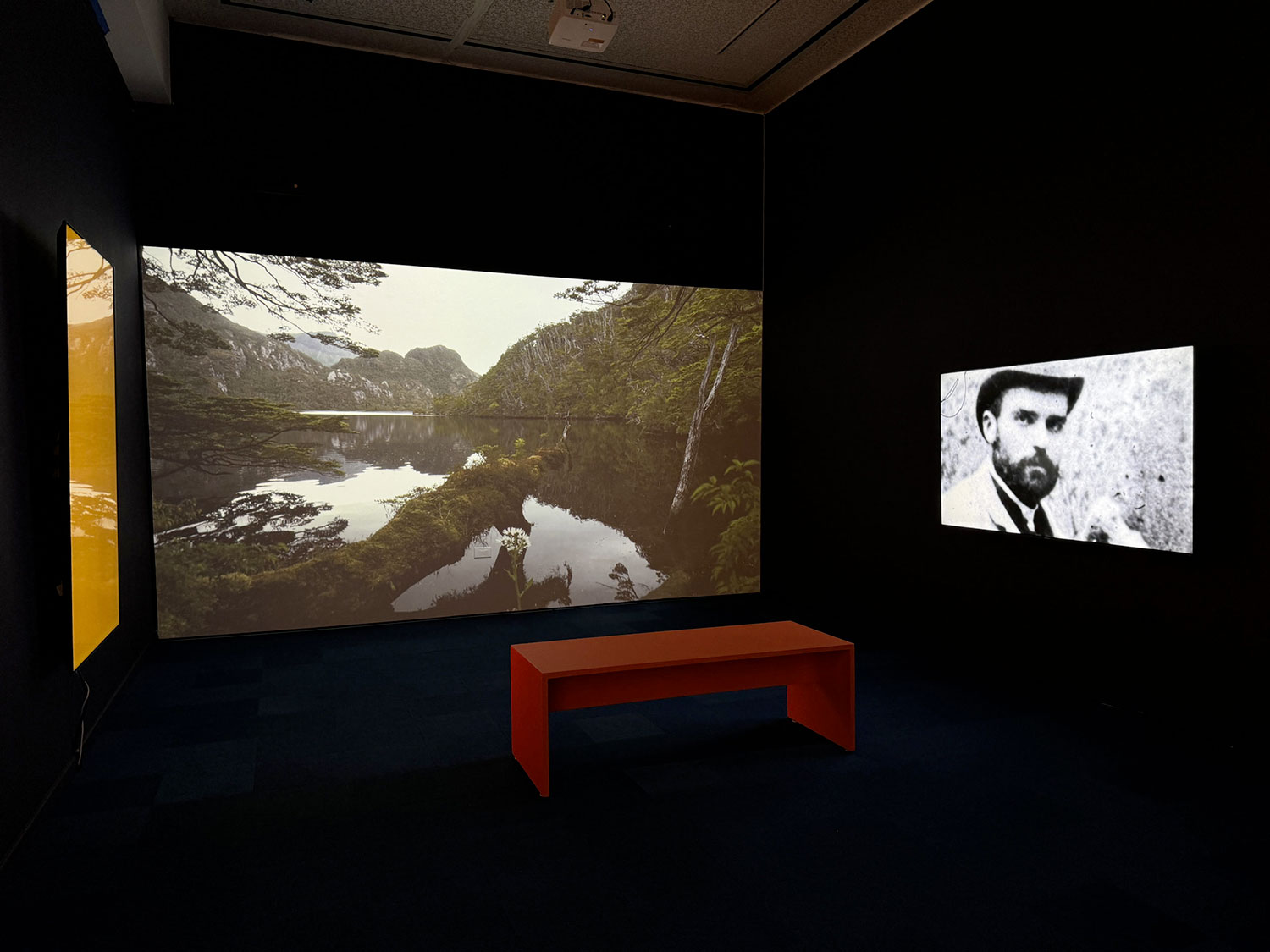
MUSEUM EXHIBITION
Enrique Ramírez
Oceanside Museum of Art
Oceanside Museum of Art, California, USA
Aug. 17, 2024 - Jan. 05, 2025
Oceanside Museum of Art part of Getty's Pacific Standard Time
Transformative Currents: Art and Action in the Pacific Ocean.
Cur. Cassandra Coblentz
Transformative Currents examines the historical causes and ongoing effects of the cultural and environmental devastation of the Pacific Ocean, and harnesses art's potential to enact positive ecological change, both local and planetary. Covering nearly one-third of the Earth's surface, the Pacific Ocean is home to thousands of interconnected peoples, species, and ecosystems—all under threat from climate change, industrial pollution, and overfishing. Works in diverse media by 20 contemporary artists are organized around the theme of ocean currents, which traverse the Pacific and suggest fluidity, interconnectivity, and collective responsibility. Each project addresses a specific issue affecting the coastal environment. Together, they highlight the interdependency of resources and the impact of local actions on global problems. At a time when the health of the Pacific Ocean is in a fragile state, Transformative Currents unites art, science, and Indigenous knowledge systems to raise awareness and improve coastal conditions.
Where There Is Only North, 2024
Video installation 4 channels
Ramírez's new multimedia work Where There Is Only North… evokes the experience of a boat ride through the breathtaking Patagonian coastal environment of the Strait of Magellan. Employing a combination of large-scale projections and monitors placed at various points in space, the viewer is immersed in stunning images of pristine glaciers and vast, peaceful seascapes juxtaposed with murky chaotic images of the underwater activity of salmon in pens. Interspersed with these images, Ramírez presents a series of interviews with scientists, activists, and working people from communities all over the world who are impacted by this issue, including local fishermen and Indigenous individuals. The piece raises many questions about the impact of these activities, from the lives salmon themselves to the humans who consume them, as well as the future of the water and the larger ecosystem in general. Ramírez asks us to consider: If the world values the magnificence of Patagonia for its pristine environment, how can we continue to let this damaging activity occur?

